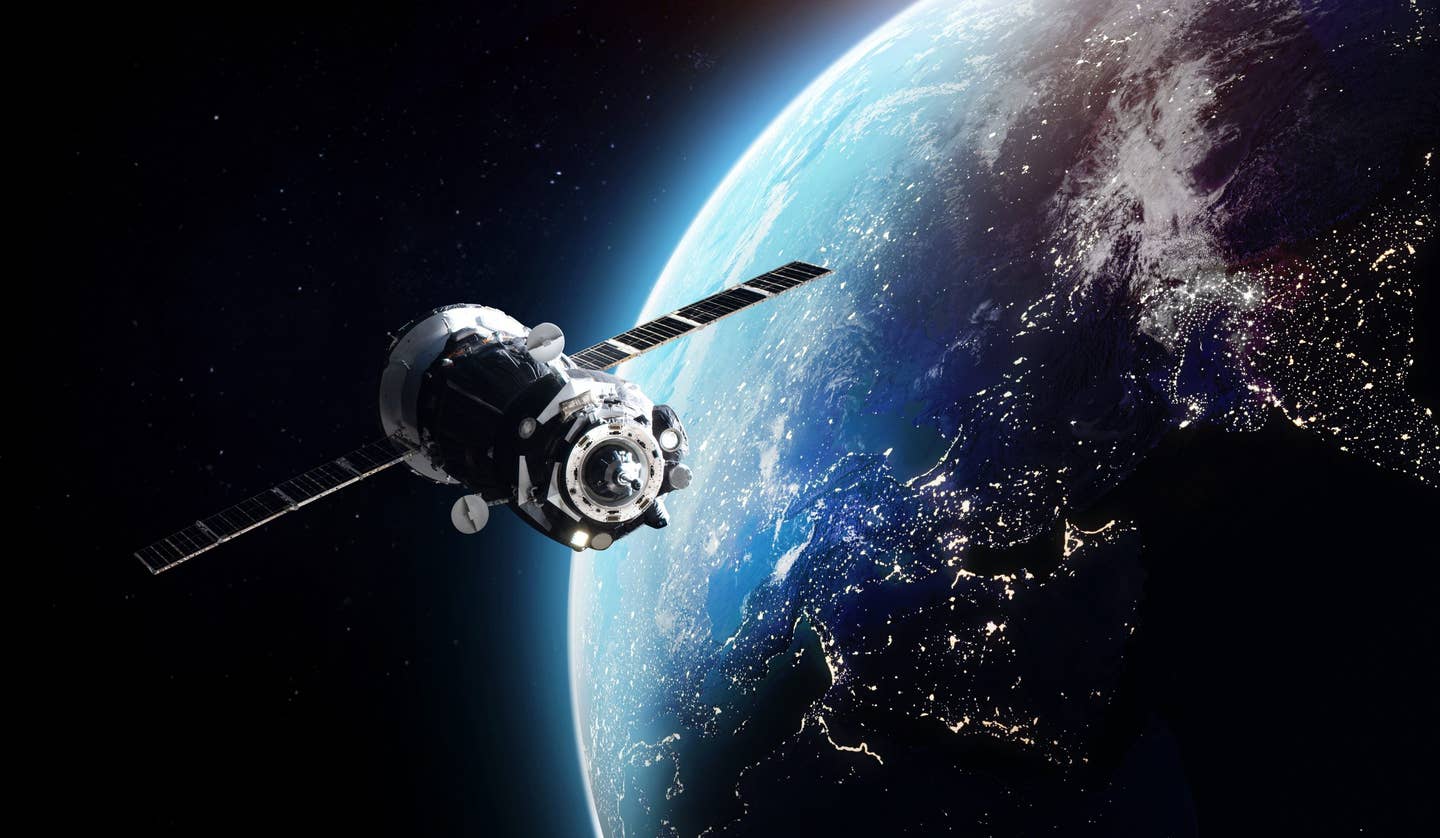Loads of New Satellites Joining Earth’s Orbit Amid Space Junk Crisis
Efforts to remove increasing amounts of debris from Earth’s orbit is a big point of concern for the space industry.

In the past six decades, about 11,000 satellites have been added to Earth’s orbit. Adobe Stock
The vast vacuum of space is getting…crowded. Nearly 70,000 satellites may be added to Earth’s orbit in the near future, according to consulting firm McKinsey & Company.
The boom in satellite deployment has likely been caused by increased interest in new markets and the more sophisticated use of satellites for things like worldwide broadband internet.
Satellites, debris, and leftover upper stages are just a few of the things floating around our planet, traveling fast enough to cause some serious damage. Since the 1960s, about 11,000 satellites have been added to Earth’s orbit. Depending on their altitude, some satellites will remain there for centuries to come, McKinsey states.
Debris as small as 10 centimeters could cause catastrophic problems for whatever is in its path.
“The reason that we currently track stuff 10 centimeters and bigger is because 10 centimeters is like the smallest threshold, where if you hit it, it’s going to be completely obliterated,” said Brian Weeden, a space policy and security expert at the Secure World Foundation.
As the sky begins to become more populated, the concern over space debris and potential collisions is growing throughout the industry. The crowd isn’t specific to just satellites and debris—upper bodies of rocket stages are floating in orbit right now.
For now, you don’t have to worry about any of them falling through your roof. The Federal Communications Commission (FCC) has a set of guidelines for everything the U.S. sends into orbit.
“One of the questions they ask is about the survivability of these satellites on reentry,” Weeden said. “The companies have to prove, to a relatively high standard, that these constellations and these satellites do not pose a risk to life or property when they eventually reenter the atmosphere.”
Since these satellites and debris aren’t falling back down immediately, an increasing amount of caution has to be taken for companies like SpaceX, which already has more than 1,600 Starlink satellites in orbit, with tens of thousands more on the way.
Weeden jokingly refers to this as the “Wall-E” problem.
“It’s not going through the satellites that is a problem because space is still pretty vast,” he said. “The only time it’s a potential problem is if you’re launching into that orbit, at the altitude where those satellites are, or nearby.”
Despite the vastness of space, there have already been a handful of recorded orbital collisions.
In 2009, an inactive Russian communications satellite collided with an American Iridium satellite almost 500 miles above Siberia. The high-speed collision of the two created nearly 2,000 pieces of debris at least 10 centimeters in diameter. While the resulting debris may not cause a chain reaction of collisions, Weeden told FLYING that it could lead to a much greater issue.
“When you think ‘Kessler Syndrome,’ think climate change, not nuclear reaction,” he said.
Kessler Syndrome—also known as collisional cascading—is a dangerous threshold that determines how many pieces of debris we can allow to stay in orbit before it reaches “critical mass,” rendering that orbit unusable.
Donald Kessler, the researcher who presented the issue, estimated that it would take 30 to 40 years to be reached, but others theorize that critical mass has already been achieved in low-Earth orbit (LEO).
“It is something where a bunch of things happen and the negative effects accumulate over decades to much, much bigger problems down the road,” Weeden said.
Weeden echoed the call to action that was included in a 2006 NASA orbital debris study.
“Without environment remediation and the wide implementation of existing orbital debris mitigation policies and guidelines, the risks to space system operations in near-Earth orbits will continue to climb,” the report said.
Efforts to manually remove “space junk” have already been made by multiple private companies, such as Astroscale and ClearSpace. Apple co-founder Steve Wozniak posted a mysterious tweet, hinting at the start of a new space debris cleanup company.
A Private space company is starting up, unlike the others. https://t.co/6s8J32mjuF
— Steve Wozniak (@stevewoz) September 13, 2021
However, Weeden suggests that individual governments will first have to foot the bill to clean up space junk.
“Governments are largely the ones who put all that stuff up there,” he said. “And there’s not a really clear economic model to remove that existing debris. It’s hard to come up with a way to sort of incentivize that.”
FLYING asked Weeden how soon countries need to begin removing unused space junk from the skies.
“We should’ve started doing this five years ago, in terms of getting ahead of the problem,” he said. “The sooner you do something, the less it’s going to cost you in the long run. But, just like climate change, humans are not very good at making that calculus.”

Sign-up for newsletters & special offers!
Get the latest FLYING stories & special offers delivered directly to your inbox






